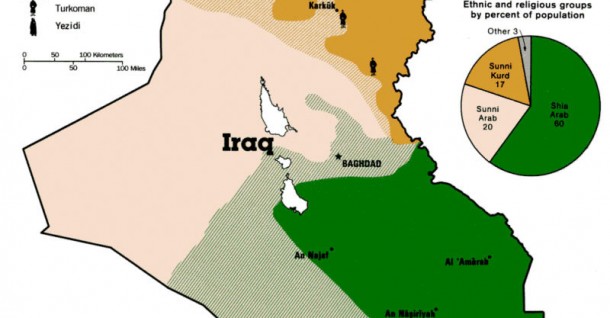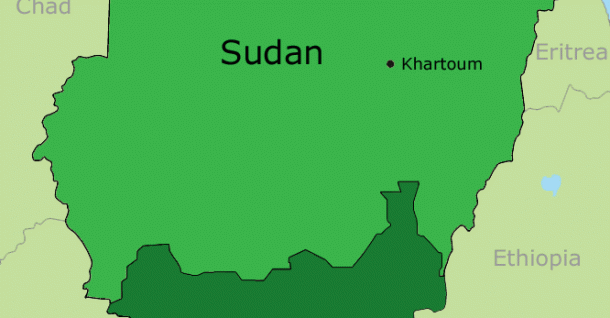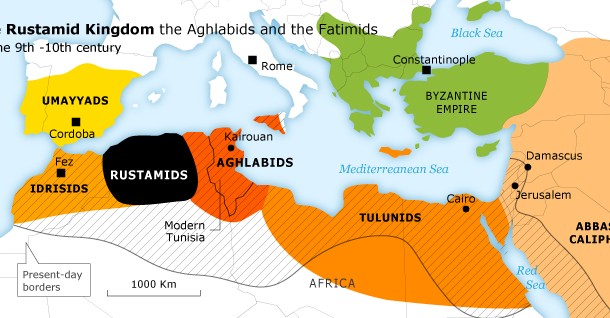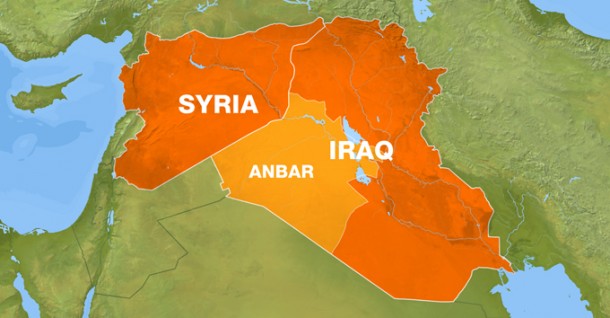Fourth version is chaos and/or collapse
Developments concerning Saudi Arabia are so much balled up that it seems members of the ruling dynasty do not comprehend how to manage them. Hence, their tossing from Turkey and Egypt to Pakistan and Senegal. As of today, Riyadh is threatened by three menaces which it hardly able alone to cope with.
The first menace might be insignificant, but it may become a serious under certain conditions. This is a question of the ISIL influence diffusion. At that, on the one hand, this is an external threat (militants had shelled the Saudi frontier from the Iraqi side few times). On the other hand, the ideology of extremists seizes a strong hold on minds of more and more Saudi nationals. There are already acting ISIL cells in the kingdom (though, it is much more likely that previously existed radical groups pledged allegiance to Islamic State). The things had come to such a pitch that these cells organized two big terrorist attacks, which had not happened in this country for a long time. At that, it is indeterminate where the explosion to take place in the next time and how to fight with it, taking into account that the Saudi youth is getting more and more disappointed with the government and is attracted by the ISIL’s black hole.
The second and the major menace for Riyadh is, undoubtedly, the situation in Yemen. And here, the Saudi authorities should blame themselves. Making a poor fist of controlling the south neighbor, Saudi Arabia did not find anything better but to start bombing Yemeni towns. By this, Saudis turned against themselves those people who, at first, opposed the Ansar Allah movement. Riyadh was wrong, supposing it could win the war only by using airpower. And even the ground operation would hardly yield desirable results; Yemeni history shows the future of ground wars in this country. As a result, Saudi authorities got into hot water – leaving Yemen means to lose possessed, while staying there supposes the war to continue with even more intension and an unpredictable final.
Lastly, the third menace is unexpected hit from inside of the country – province Najran. The place of the hit was even more unexpected than the action itself. The case is that it was expected that the Shiite minority will excite riots in eastern provinces of the country. However, it turned out that Riyadh faced with a power capable not only to inflict one or two defeats but also to go further. It is even more serious – the Ahrar al-Najran movement, which has already declared independence of its land, is more likely to coordinate military activities with Yemeni rebels. This means that the combat shifts to the territory of Saudi Arabia with all it implies.
All this arises a rational question – where are Americans? Where is, seemingly, the nearest ally of Riyadh? Why they practically do nothing to save the regime?
One of the explanations can be previously announced the second version – “Obama’s crew” pulls the rug from under the feet of pro-republicans regime in Saudi Arabia. To some extent, this quadrates to facts. On the other hand, the regime in Saudi Arabia is not as it was at the times of King Abdullah. The new sovereign, King Salman, showed his readiness for compromises and even started getting closer with Turkey and Qatar, the countries that followed the course of Washington, since the beginning of Middle East “reset”.
Hence one more version comes to fore – “Obama’s crew” is trying not only to reorient regimes and to create flashpoints around the globe but also to redraw the Greater Middle East boarders. These plans are well known, and maps of the divided region are available for every Internet user. Libya, Syria, and Iraq are already divided. Is Saudi Arabia the next? Will Egypt, Turkey, Pakistan, and Iran be divided after Saudi Arabia?
Fifth version – the most dangerous
As a result, the world risks ending up in dejected and explosive situation, and redrawing borders will not stop military clashes. Meanwhile, big and small, active and lukewarm armed conflicts will spread around the globe. But the most dangerous situation may arise through “gathering” all the conflicts into big regional wars, which, in turn, may become a forerunner of a world-wide confrontation. It is obvious that those who stand behind these plans will not participate directly. For this reason, they shall do their best to solve two major issues:
- Unleashing a fire of wars as much as it is possible in the most important and key regions.
Realization of this issue is proceeding apace in Ukraine, Syria, Iraq, Yemen, Libya, Somalia, and Afghanistan. These countries, de facto, present battle fields so far, and in some of them, there are several parties participate simultaneously. At that, Afghanistan is should be mentioned separately as the situation in the country changes from day to day. From here, the war threatens at least two Central Asian countries – Tajikistan and Turkmenistan.
The domino effect might take place in Arabian Peninsula, while diffusion of war operations on its way to Saudi Arabia. Exacerbation of the developments around Turkey is cropped up through the Kurdish problem. Specter of a new Balkan war might affect Macedonia, Albania, Serbia, Kosovo, and Montenegro, what threatens the EU. China also has potential vulnerable spots both internal (Xinjiang Uyghur Autonomous Region) and external (territorial disputes with Japan, Vietnam, Philippines, as well as civil war in Myanmar). One cannot slough off Taiwan. West-African countries anyhow involved in local armed conflict.
- Supporting of creation of military alliances to knock them together in the nearest future.
One might find it surprising, but some activities have are already launched in this direction. In March 2015, for instance, Europeans narrated plans for creation of the united military forces. Yet these plans did not officially come into fruition, but at this time, the European Union maintains its first military operation against Mediterranean smugglers. It should not be underestimated as the united forces of the EU seemingly intend to enter territorial waters of Libya. But the authorities of this North-African republic declared thus inadmissibility of the sea bounds violation and warned of airstrike against frontier crossers.
Finally, one should not ignore the “Arab coalition”. This alliance has shown the possibility of the united Arab military block formation. Against this background, passages about the united Arab army do not seem to be a mere bravado. United military forces of Egypt, Sudan, Morocco, Jordan, and Gulf monarchies with potential membership of Pakistan and even remote Senegal may become a serious power, considering the increase of advanced arms procurement in some regional countries.
Conclusion
How does the US react? Appearance of military alliances should discourage Washington. But nothing of the sort – the White House openly supported formation of the “Arab army”. Here, the reasoned question arise – why? The answer is more than just obvious.
And it is not really matters how this military confrontation is going to take a shape – the East against the West or vise versa. As usual, there is no winner in such clashes, except those who stand aside, joining the battle at the final stage.
Agency for geopolitical research “Manara”
Muslim Politic
![Электронный журнал [Электронный журнал]](/magazine.static/magazine-front.jpg)











